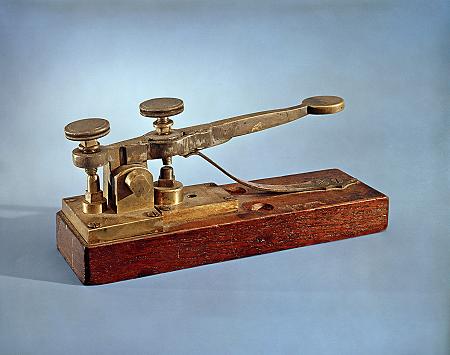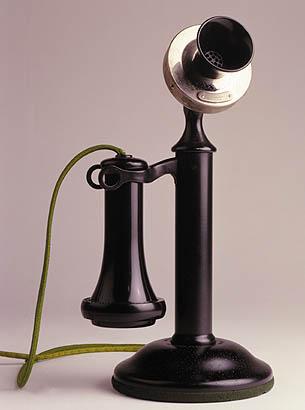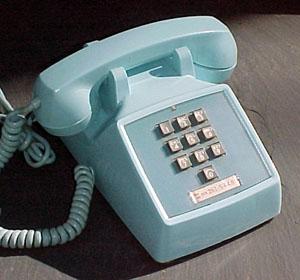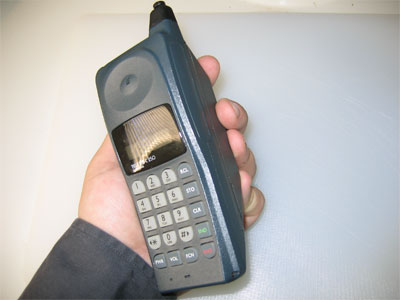Prometheus Rebound To The Supreme Court
On its second opportunity, the United States Supreme Court has granted a writ of certiorari to hear an appeal of Prometheus Laboratories, Inc. v. Mayo Collaborative Services and Mayo Clinic Rochester ("Prometheus v. Mayo"), a decision by the Court of Appeals for the Federal Circuit ("Federal Circuit") that ratified - for the second time - the patentability of methods to determine optimal drug dosage levels in therapeutic treatments. This bodes ill for the patentability of inventions involving methods of medical diagnosis and therapy.
As discussed previously on LEXVIVO, on December 17, 2010, Prometheus, Inc., a San Diego-based biotechnology company, prevailed in appealing a district court's grant of summary judgment that had found claims in Prometheus' exclusively licensed patents (U.S. Pat. Nos. 6,355,623 and 6,680,302) invalid as drawn to non-statutory subject matter under 35 U.S.C. §101. In Prometheus v. Mayo, a unanimous panel of the Federal Circuit "again [held] that Prometheus' method claims recite patentable subject matter under §101." The court's previous finding that Prometheus' claims constituted statutory subject matter was successfully appealed by defendants-appellees Mayo Collaborative Services and Mayo Clinic Rochester (hereafter, "Mayo") to the Supreme Court, which vacated and remanded the Federal Circuit's decision on April 29, 2010, "for further consideration in light of Bilski v. Kappos," a business method patent case the Supreme Court had decided the day before. It would appear that the Supreme Court has now called two strikes on the Federal Circuit on this issue.
The claims at issue cover methods for determining the optimal dosage of thiopurine drugs, such as 6-mercaptopurine and azathiopurine, used to treat inflammatory bowel diseases that include Crohn's disease and ulcerative colitis. For example, claim 1 of the '623 patent involves (1) administering a drug capable of producing 6-thioguanine inside a patient suffering from a gastrointestinal disorder, (2) determining the concentration of 6-thioguanine in the patient's blood, and (3) indicating the need to increase or decrease the drug's dosage depending on whether the drug's blood concentration is outside of the therapeutically desired range of 230-400 pmol per 80,000,000 red blood cells.
Now, the Supreme Court will have an opportunity to clarify the patentability of inventions directed to methods of diagnosing medical conditions, as well as those that combine such diagnostic methods with methods of treatment. Any optimism the biotechnology industry might have derived from the Federal Circuit's December 17, 2010, decision in Prometheus v. Mayo may now be tempered by the specter of the Supreme Court adopting the argument that Justice Stephen Breyer (joined by now-retired Justices John Paul Stephens and David Souter) made in his vigorous dissent to the dismissal of the writ of certiorari of a kindred case, Laboratory Corporation v. Metabolite Laboratories, Inc.. In his dissent, Breyer described the medical diagnostic method contested in that case as follows:
See more idealaw at LEXVIVO.
As discussed previously on LEXVIVO, on December 17, 2010, Prometheus, Inc., a San Diego-based biotechnology company, prevailed in appealing a district court's grant of summary judgment that had found claims in Prometheus' exclusively licensed patents (U.S. Pat. Nos. 6,355,623 and 6,680,302) invalid as drawn to non-statutory subject matter under 35 U.S.C. §101. In Prometheus v. Mayo, a unanimous panel of the Federal Circuit "again [held] that Prometheus' method claims recite patentable subject matter under §101." The court's previous finding that Prometheus' claims constituted statutory subject matter was successfully appealed by defendants-appellees Mayo Collaborative Services and Mayo Clinic Rochester (hereafter, "Mayo") to the Supreme Court, which vacated and remanded the Federal Circuit's decision on April 29, 2010, "for further consideration in light of Bilski v. Kappos," a business method patent case the Supreme Court had decided the day before. It would appear that the Supreme Court has now called two strikes on the Federal Circuit on this issue.
The claims at issue cover methods for determining the optimal dosage of thiopurine drugs, such as 6-mercaptopurine and azathiopurine, used to treat inflammatory bowel diseases that include Crohn's disease and ulcerative colitis. For example, claim 1 of the '623 patent involves (1) administering a drug capable of producing 6-thioguanine inside a patient suffering from a gastrointestinal disorder, (2) determining the concentration of 6-thioguanine in the patient's blood, and (3) indicating the need to increase or decrease the drug's dosage depending on whether the drug's blood concentration is outside of the therapeutically desired range of 230-400 pmol per 80,000,000 red blood cells.
Now, the Supreme Court will have an opportunity to clarify the patentability of inventions directed to methods of diagnosing medical conditions, as well as those that combine such diagnostic methods with methods of treatment. Any optimism the biotechnology industry might have derived from the Federal Circuit's December 17, 2010, decision in Prometheus v. Mayo may now be tempered by the specter of the Supreme Court adopting the argument that Justice Stephen Breyer (joined by now-retired Justices John Paul Stephens and David Souter) made in his vigorous dissent to the dismissal of the writ of certiorari of a kindred case, Laboratory Corporation v. Metabolite Laboratories, Inc.. In his dissent, Breyer described the medical diagnostic method contested in that case as follows:
A similar conclusion in Prometheus v. Mayo by a majority of the Supreme Court could redraw the boundaries of patentable biological subject matter in United States patent law.
At most, respondents have simply described the naturallaw at issue in the abstract patent language of a "process." But they cannot avoid the fact that the process is no more than an instruction to read some numbers in light of medical knowledge.
See more idealaw at LEXVIVO.











0 Comments:
Post a Comment
<< Home